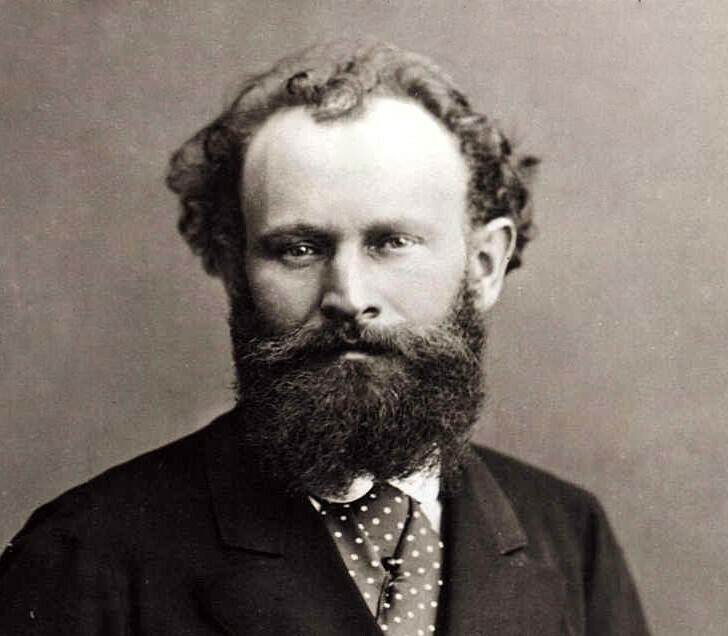The French artist Édouard Manet is often credited with bridging the gap between two of the most important art movements of the 19th century, Realism and Impressionism. Though he once wrote that he had “no intention of overthrowing old methods of paintings, or creating, new ones,” his radical innovations in color composition and narrative did exactly that. He famously rejected the conservative sensibilities of the Académie des Beaux-Arts, the organization responsible for Paris’s most prestigious Salons, by largely forgoing religious or allegorical subjects in favor of depictions of bourgeois life—which, at the time, was jarring for many. To the shock and scandal of the Academy (not to mention the public), he painted life-size tableaux of barmaids, courtesans, and bullfights, earning the veneration of avant-garde artists who would later be known as Impressionists. (Manet never identified with their movement, however.)
Édouard Manet. The Father of Modernism



Comment here